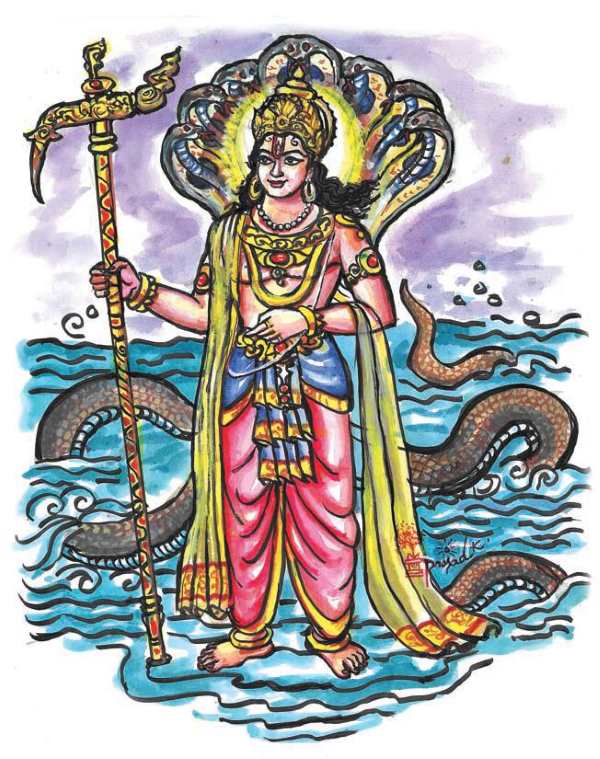Balarama is an avatar of Adhisesha the god of prosperity. Balarama’s significance in Indian culture has ancient roots. Balarama – God of Agriculture and Strength Balarama is a Hindu god and the elder brother of Lord Krishna. He is also known as Baladeva, Balabhadra, Haladhara and Halayudha. The first two epithets refer to his strength, Read More
Ads Blocker Detected!!!
We have detected that you are using extensions to block ads. Please support us by disabling these ads blocker.

